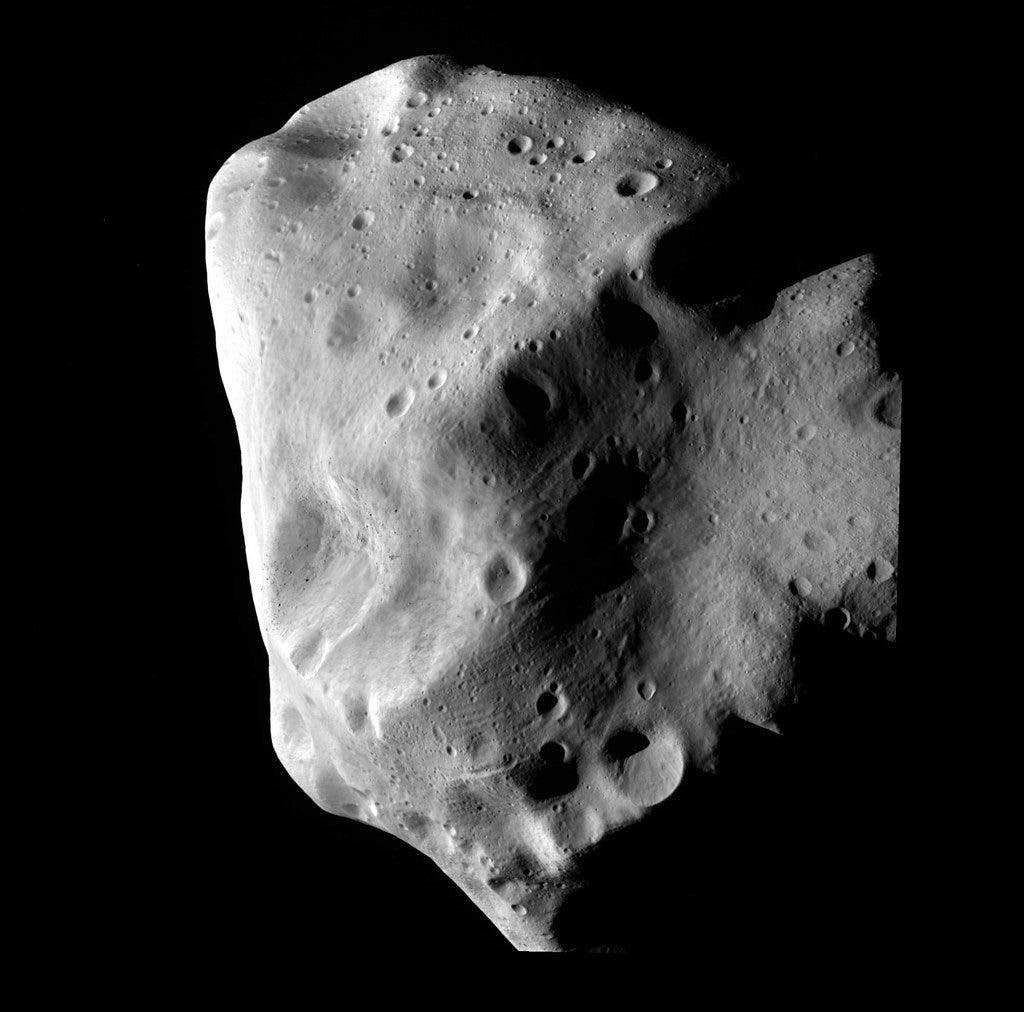At next week’s 2019 Planetary Defense Conference, NASA, ESA, and the International Asteroid Warning Network will stage a “tabletop exercise” of an asteroid flying towards Earth.

Image credits European Space Agency / Flickr.
Media outlets are always abuzz when an asteroid ‘near-misses’ our planet, and it’s easy to see why — there’s just something very exciting about a narrowly evading extinction. However, space agencies and governments around the world take the risk of impact with a near-Earth object (NEO) quite seriously. Given the potential for widespread panic such a scenario poses, any preparations are generally carried out discreetly, out of the public’s view.
The NEO threat
In the spirit of better communication, however, NASA’s Planetary Defense Coordination Office (PDCO), the European Space Agency’s Space Situational Awareness-NEO Segment and the International Asteroid Warning Network (IAWN) want to make the hazards posed by NEOs clearer for us laymen. Towards that end, they will organize — along with other U.S. agencies and space science institutions around the world — a “tabletop exercise” that will play out a fictional-but-realistic scenario for an asteroid on an impact trajectory with Earth at the conference, NASA announced.
NEOs are bodies such as asteroids or comets that come within 30 million miles (50 million kilometers) of Earth’s orbit. NASA and its international partners have been monitoring NEOs for over two decades now, keeping an eye out for any that might be gunning for Earth. However, preparations for such an impact have very rarely involved the public at large. The proposed exercise aims to address this shortcoming.
A tabletop exercise is basically a simulated emergency, used to accustom participants to the possible outcomes of such a disaster and help them see what needs to be done to mount a successful response. NASA plans to have attendees at the conference play out a NEO impact scenario developed by the NASA Jet Propulsion Laboratory’s Center for NEO Studies (CNEOS).
This type of exercise was specifically identified as part of the National Near-Earth Object Preparedness Strategy and Action Plan developed over a two-year period and published by the White House in June 2018. They’re not tightly scripted, aiming to let people ‘run wild’ and observe their response in conditions that mirror real life. This can then help us predict how NEO observers, space agency officials, emergency managers, decision-makers, and citizens might respond to an actual impact prediction.
Next week’s exercise events will occur over the five days of the conference. The scenario begins with the premise that on March 26th, a potentially-hazardous NEO dubbed 2019 PDC is discovered. After a ‘few months’ of tracking, observers predict that it has a 1% chance of impacting the earth in 2027. A 1% impact chance has been decided upon by the international space community as the threshold for action.
Exercise leaders will be briefing participants on the status of the scenario at the end of each day and soliciting response ideas and feedback, based on the latest fictional data. They will be asked to discuss potential preparations for reconnaissance and deflection missions, as well as plans to mitigate the effects of a potential impact.
“These exercises have really helped us in the planetary defense community to understand what our colleagues on the disaster management side need to know,” said Lindley Johnson, NASA’s Planetary Defense Officer. “This exercise will help us develop more effective communications with each other and with our governments.”
NASA has participated in six NEO impact exercises so far: three at Planetary Defense Conferences (2013, 2015, 2017) and three jointly with the Federal Emergency Management Agency (FEMA). The three NASA-FEMA exercises included representatives of several other federal agencies, including the Departments of Defense and State. Each exercise builds on lessons learned in the previous exercise. These exercises have shown that emergency management officials aren’t focused on the scientific details regarding the asteroid, but on more practical concerns.
“What emergency managers want to know is when, where and how an asteroid would impact, and the type and extent of damage that could occur,” said Leviticus Lewis of the Response Operations Division for FEMA.
However, NASA is a bit concerned with this approach. It’s those ‘scientific details’ that determine the outcome of an impact. So, while they’re working on developing new methods to determine asteroid characteristics, they also want to engage the public in these tabletop exercises to raise awareness of the hazards posed by NEOs.
“NASA and FEMA will continue to conduct periodic exercises with a continually widening community of U.S. government agencies and international partners,” said Johnson. “They are a great way for us to learn how to work together and meet each other’s needs and the objectives laid out in the White House National NEO Preparedness Action Plan.”


